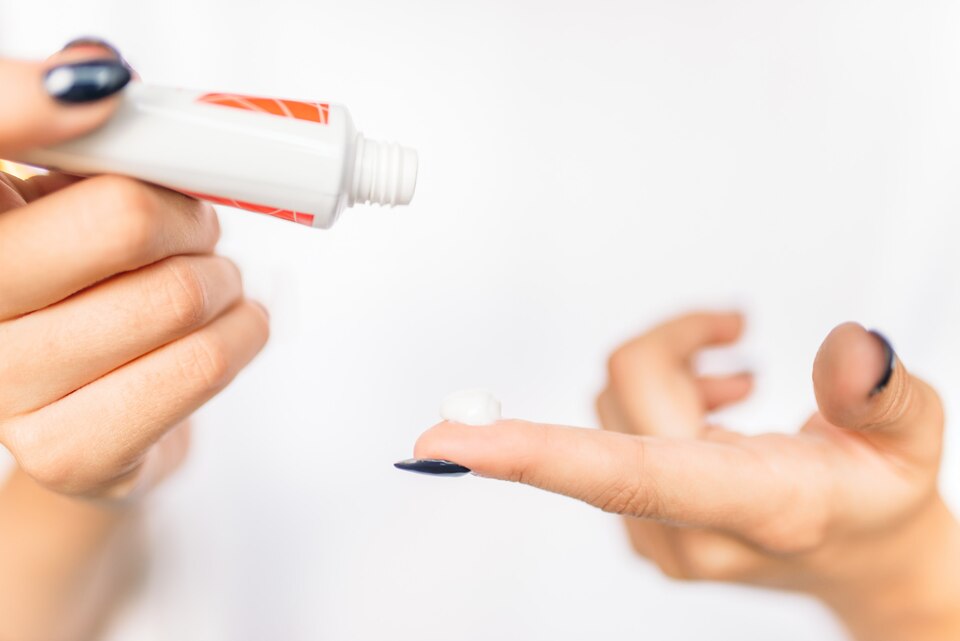What are the types of Injection?

Types of Injection
In modern medicine, the variety of injection techniques has revolutionized how drugs, vaccines, and therapeutic agents are delivered into the body. From rapid absorption to precise targeting, these methods cater to various medical needs. They play a crucial role in providing effective treatment and healthcare interventions.
From insulin management for diabetes to life-saving vaccines and pain-relieving medications, the world of injections includes several approaches that address different medical conditions and treatment goals.
Each injection type acts as a precise delivery vehicle, allowing healthcare professionals to control timing, dosage, and localization of therapeutic effects with accuracy.
Major Types of Injections
Injections can be broadly classified based on their purpose and administration method. The main types include:
Intramuscular Injection (IM)
These involve delivering drugs into the muscle tissue, resulting in relatively faster absorption into the bloodstream. IM injections are commonly used for vaccines, certain antibiotics, and medications requiring sustained release.
Subcutaneous Injection (SC or SQ)
This method delivers medication into the fatty tissue just beneath the skin surface. It’s typically used for insulin injections, certain vaccines, and drugs that require slower absorption than intramuscular injections.
Intravenous Injection (IV)
IV injections administer medications directly into the vein, ensuring immediate and complete absorption. This method is frequently used for emergency treatments, fluids, and drugs that require rapid action.
Intradermal Injection
These are administered into the dermis, the layer of skin just below the epidermis. Intradermal injections are usually used for skin tests, such as tuberculosis screening and allergy testing.
Epidural Injection
These are delivered into the epidural space around the spinal cord and nerves. They are commonly used for pain relief during childbirth, postoperative pain management, and treatment of chronic pain conditions.
Types of Insulin Injections
For individuals with diabetes, insulin injections are a critical aspect of managing their condition. Different types of insulin injections are designed to mimic the body's natural insulin production:
Rapid-Acting Insulin
Taken just before or immediately after meals to manage post-meal blood sugar spikes. It has a quick onset and short duration of action.
Short-Acting Insulin
Similar to rapid-acting insulin but with a slightly slower onset and longer duration. Taken before meals to control blood sugar.
Intermediate-Acting Insulin
With a slower onset and longer duration, it's suitable for maintaining blood glucose levels between meals and overnight.
Long-Acting Insulin
Provides a steady release of insulin over an extended period to help maintain baseline blood sugar levels throughout the day and night.
Pre-Mixed Insulin
Combines both rapid-acting and long-acting insulin in specific proportions. It offers convenience for individuals who need both effects in a single injection.
These various insulin formulations offer flexibility in diabetes management. Consulting a healthcare provider is essential to determine the most appropriate insulin type and regimen for optimal blood sugar control and overall wellness.
Types of Injection Sites
Choosing the appropriate injection site is a crucial part of the injection process. The selected site can significantly affect the treatment's effectiveness, absorption rate, and patient comfort. Here are the main injection sites and their relevance in medical practice:
Abdomen
Commonly used for subcutaneous injections due to the good supply of fatty tissue, allowing for slow and steady absorption. Site rotation is recommended to avoid tissue damage and discomfort.
Thighs
Another preferred site for subcutaneous injections, especially for self-administration. The upper and outer thigh is typically used to avoid major blood vessels or nerves.
Upper Arm
Frequently used for both intramuscular and subcutaneous injections. The deltoid muscle in the upper arm is commonly used for vaccines and certain medications. However, due to its smaller size, it may not be suitable for all injection types.
Buttocks
Chosen for intramuscular injections due to the large muscle mass. The upper outer quadrant of the buttocks is recommended to avoid major nerves and blood vessels.
Dorsogluteal Site
A specific area on the buttocks often used for IM injections. Located in the upper, outer quadrant, it’s suitable for certain medications. However, due to the proximity to the sciatic nerve, caution is required.
Ventrogluteal Site
Another buttock region used for IM injections, considered safer than the dorsogluteal site as it's farther from major nerves and vessels. Healthcare providers often prefer this site to reduce the risk of complications.
Deltoid Muscle
Located in the upper arm, commonly used for vaccines and medications requiring small-volume injections. Proper technique is important due to the relatively smaller muscle size.
Conclusion
Injections encompass a wide range of techniques, each tailored to specific medical needs. From delivering life-saving medications to managing chronic conditions, injections have revolutionized modern medicine by providing a direct and efficient route into the body. Understanding the different types of injections and their applications is essential for healthcare providers to ensure effective treatment and patient care.
Frequently Asked Questions (FAQs)
Q1. What are the main types of injections?
The major types of injections include Intramuscular (IM), Subcutaneous (SC or SQ), Intravenous (IV), and Intradermal injections. Each type serves a specific purpose and has a different method of administration.
Q2. What are the different types of insulin injections?
Insulin injections used to manage diabetes include Rapid-Acting, Short-Acting, Intermediate-Acting, Long-Acting, and Pre-Mixed Insulin. Each type varies in onset, peak, and duration of action to help control blood sugar levels effectively.
Q3. Why are injection sites important in medical practice?
Injection sites affect how medications are absorbed, the rate of absorption, and patient comfort. Choosing the right site based on the injection type and medication ensures effective treatment and prevents tissue damage.
Q4. How do healthcare providers determine the appropriate injection site?
Providers consider factors such as the type of medication, the patient’s medical condition, injection volume, and patient comfort. They also assess the anatomy, blood supply, and risks associated with each site to ensure safe and effective administration.
Read this article in Hindi : Types of Injection in Hindi
Note: IndiBlogHub features both user-submitted and editorial content. We do not verify third-party contributions. Read our Disclaimer and Privacy Policyfor details.







